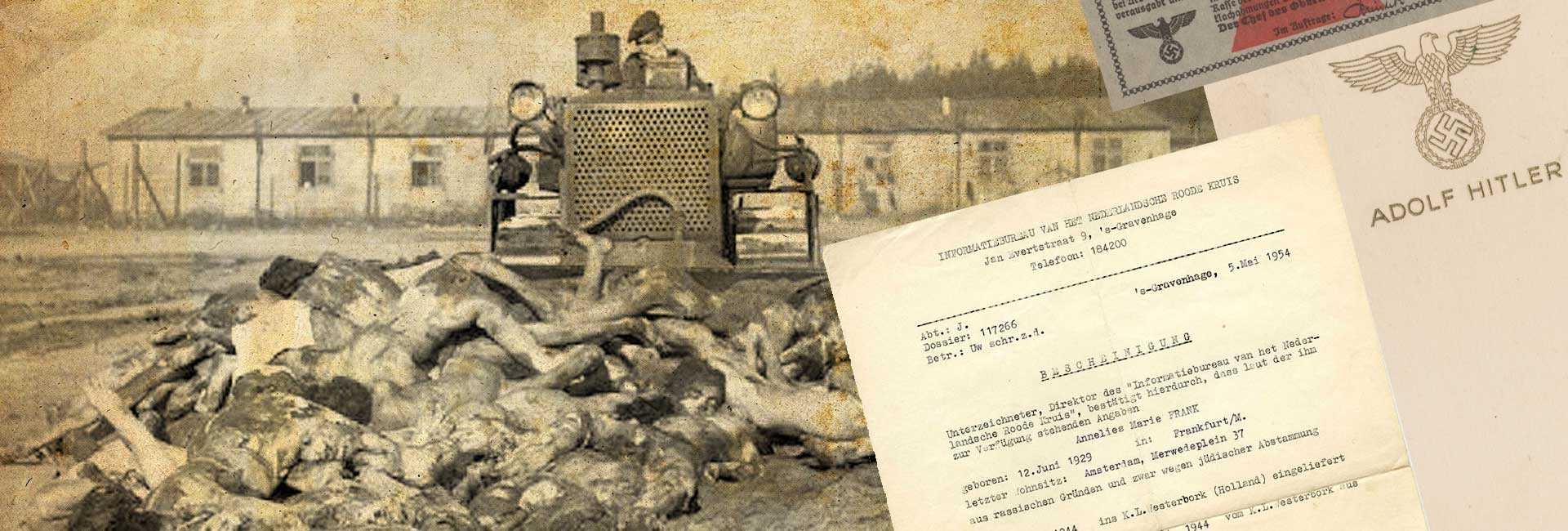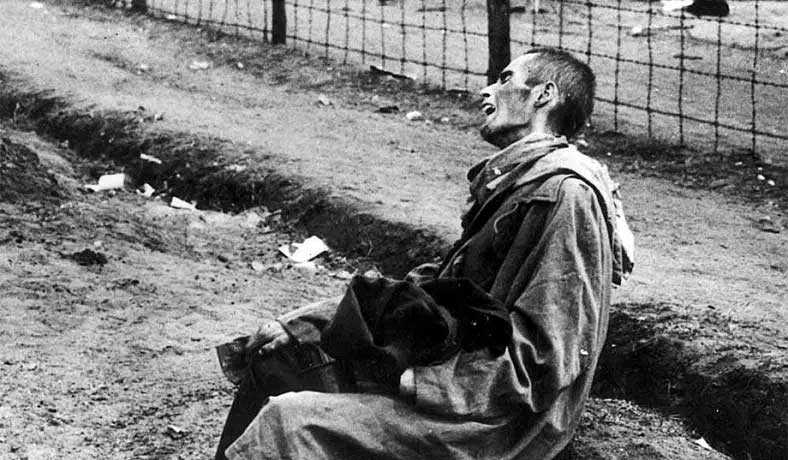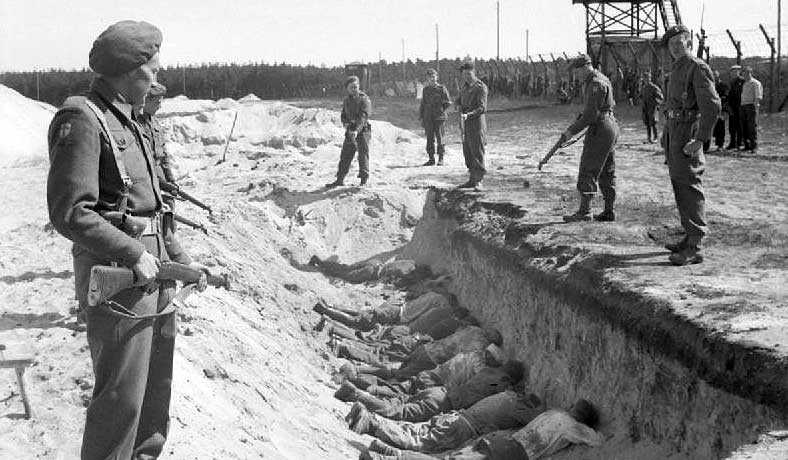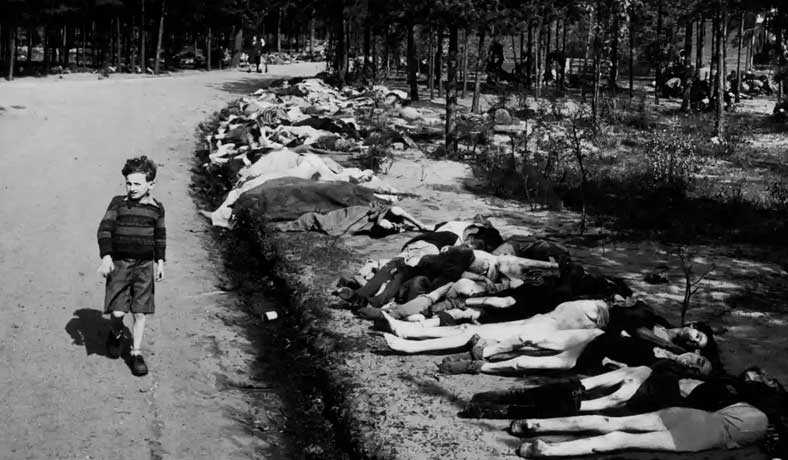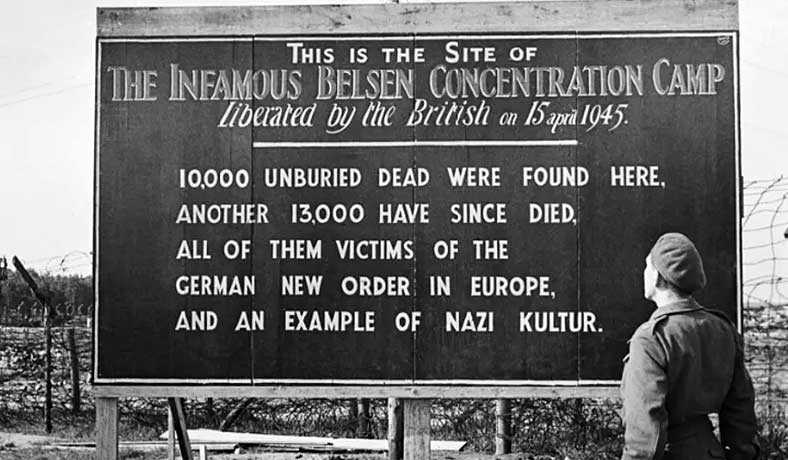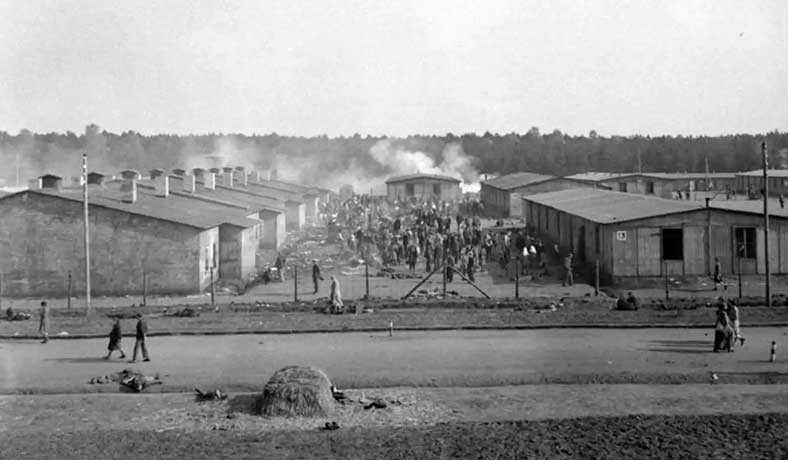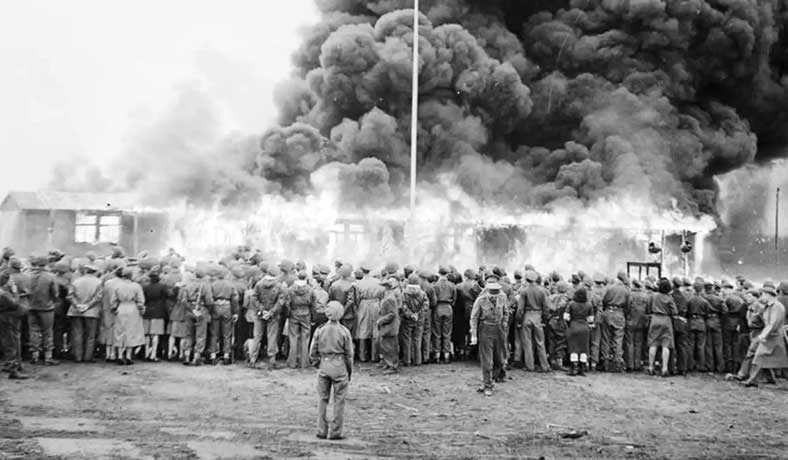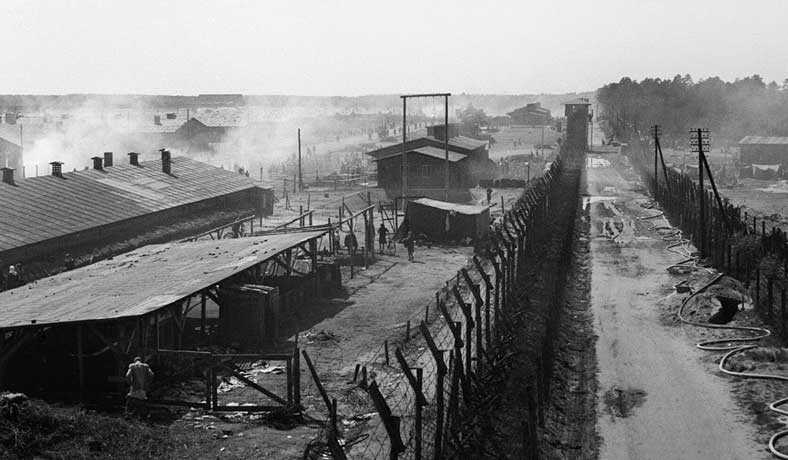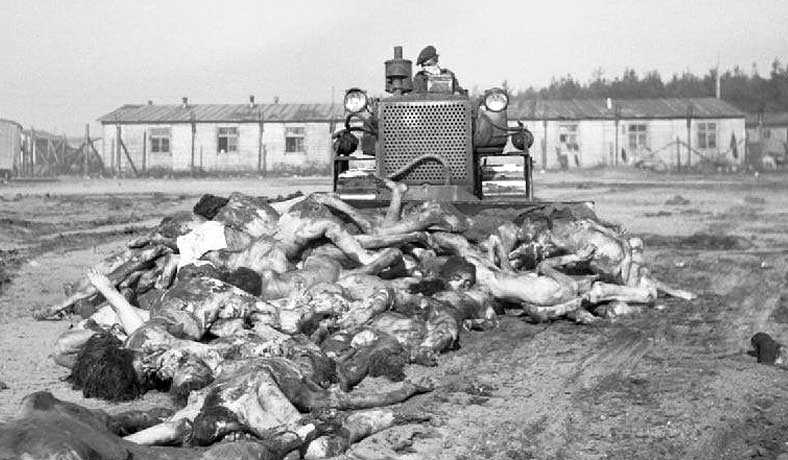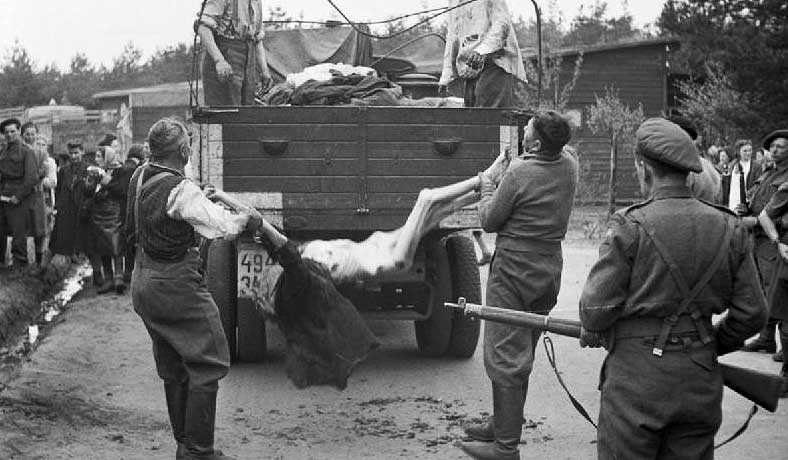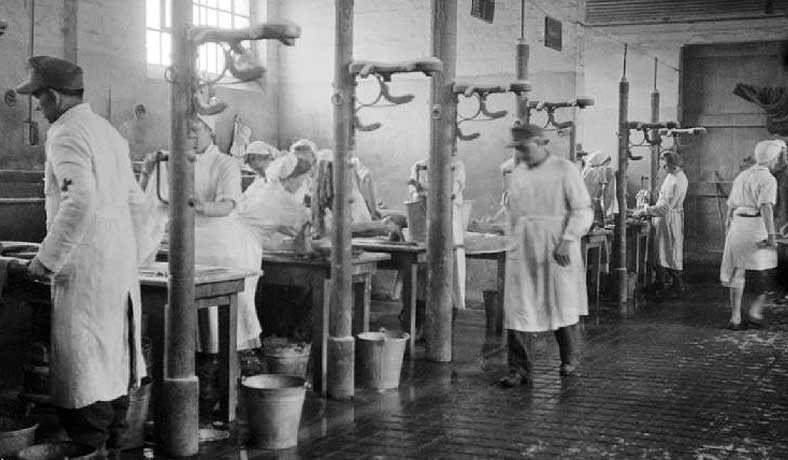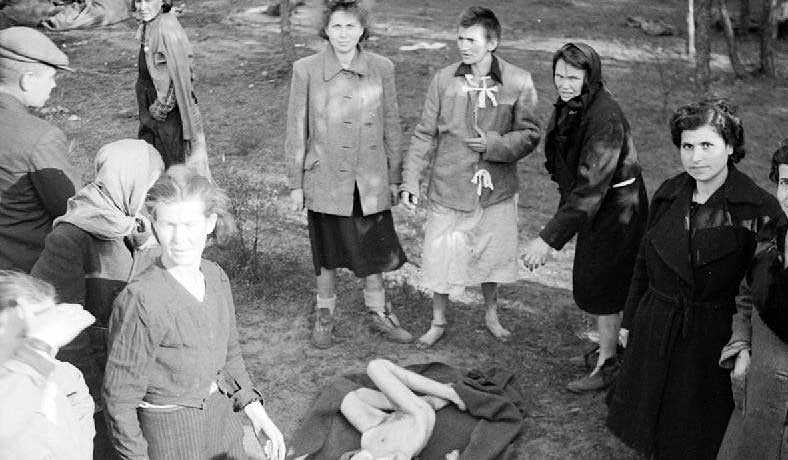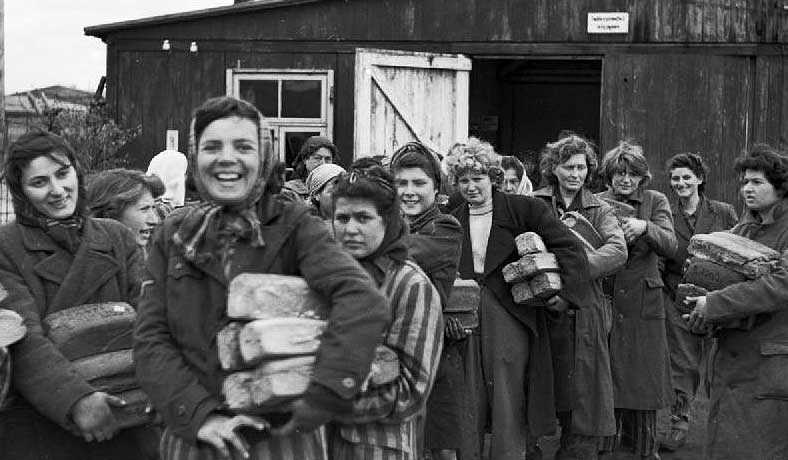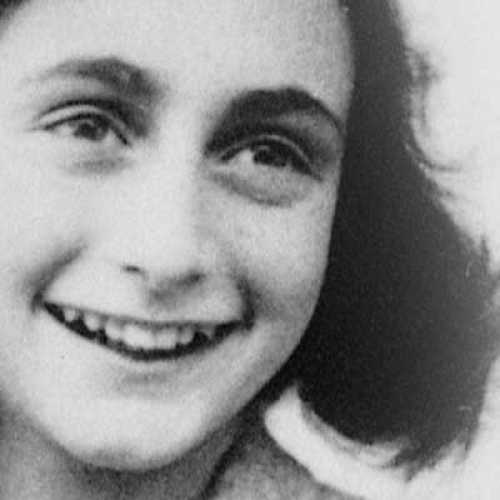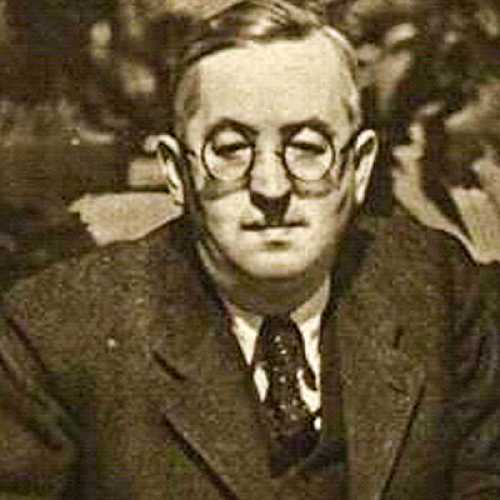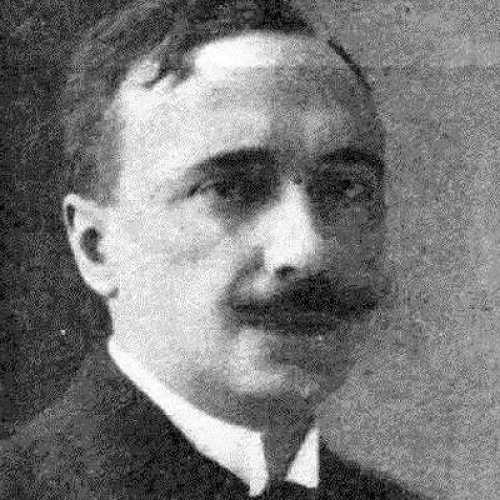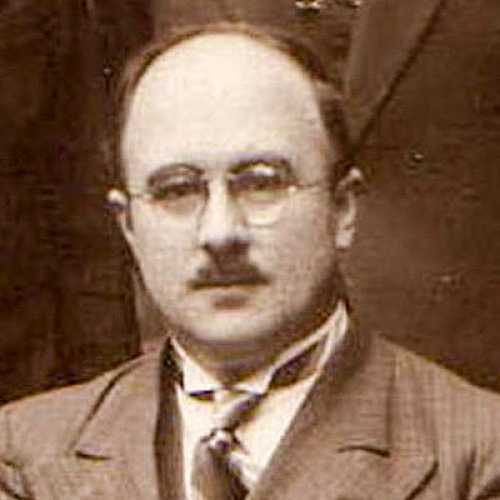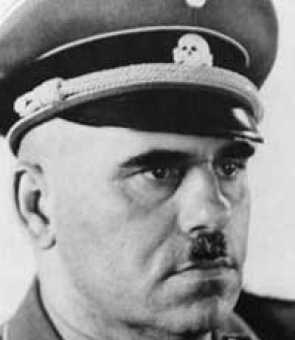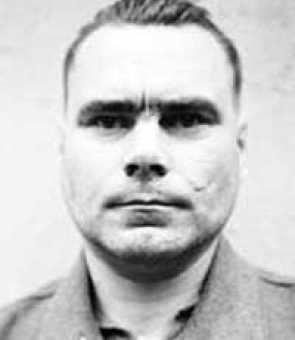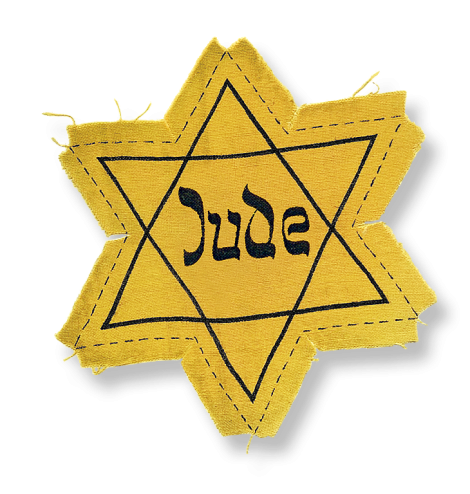
Bergen-Belsen or Belsen, was a Nazi concentration camp in what is today Lower Saxony in northern Germany, southwest of the town of Bergen near Celle. Originally established as a prisoner of war camp, in 1943, parts of it became a concentration camp. Initially this was an "exchange camp", where Jewish hostages were held with the intention of exchanging them for German prisoners of war held overseas. The camp was later expanded to accommodate Jews from other concentration camps.
"For evil to flourish, it only requires good men to do nothing".
Simon Wiesenthal
History, definition and facts about Bergen Belsen
After 1945 the name was applied to the displaced persons camp established nearby, but it is most commonly associated with the concentration camp. From 1941 to 1945, almost 20.000 Soviet prisoners of war and a further 50.000 inmates died there. Overcrowding, lack of food and poor sanitary conditions caused outbreaks of typhus, tuberculosis, typhoid fever and dysentery, leading to the deaths of more than 35.000 people in the first few months of 1945, shortly before and after the liberation.
In April 1943, a part of the Bergen-Belsen camp was taken over by the SS Economic Administration Main Office (SS Wirtschafts-Verwaltungshauptamt orWVHA). It thus became part of the concentration camp system, run by the SS Schutzstaffel but it was a special case. Having initially been designated a Zivilinterniertenlager (civilian internment camp), in June 1943 it was redesignated Aufenthaltslager (confinement camp), since the Geneva Conventions stipulated that the former type of facility must be open to inspection by international committees. This "holding camp" or "exchange camp" was for Jews who were intended to be exchanged for German civilians interned in other countries, or for hard currency. The SS divided this camp into subsections for individual groups (the 'Hungarian camp', the 'special camp' for Polish Jews, the 'neutrals camp' for citizens of neutral countries and the 'Star camp' for Dutch Jews). Between the summer of 1943 and December 1944 at least 14.600 Jews, including 2.750 children and minors were transported to the Bergen-Belsen "holding" or exchange camp. 160 Inmates were made to work, many of them in the "shoe commando" which salvaged usable pieces of leather from shoes collected and brought to the camp from all over Germany and occupied Europe. In general the prisoners of this part of the camp were treated less harshly than some other classes of Bergen-Belsen prisoner until fairly late in the war, due to their perceived potential exchange value. However, only around 2.560 Jewish prisoners were ever actually released from Bergen-Belsen and allowed to leave Germany.
In March 1944, part of the camp was redesignated as an Erholungslager (recovery camp), where prisoners too sick to work were brought from other concentration camps. They were in Belsen supposedly to recover and then return to their original camps and resume work, but many of them died in Belsen of disease, starvation, exhaustion and lack of medical attention.
In August 1944, a new section was created and this became the so-called "women's camp". By November 1944 this camp received around 9.000 women and young girls. Most of those who were able to work stayed only for a short while and were then sent on to other concentration camps or slave-labour camps. The first women interned there were Poles, arrested after the failed Warsaw Uprising. Others were Jewish women from Poland or Hungary, transferred from Auschwitz. Margot and Anne Frank died there of exhaustion and tyhpus in February or March 1945.
The camp was liberated on April 15, 1945, by the 63rd Anti-tank Regiment and the 11th Armoured Division. The soldiers discovered approximately 60.000 prisoners inside, most of them half-starved and seriously ill, and another 13.000 corpses lying around the camp unburied. The horrors of the camp, documented on film and in pictures, made the name "Belsen" emblematic of Nazi crimes in general for public opinion in many countries in the immediate post-1945 period. Today, there is a memorial with an exhibition hall at the site.
Notable inmates
Original video footage
Real eyewitness testimonies
Erna Bindelglas - Bergen Belsen survivor
"A warm thank you to the United States Holocaust Memorial Museum for their willingness to help in allowing their testimonies to be featured on my website.
The camp specifications
1940 - 1945
120,000
over 65.000
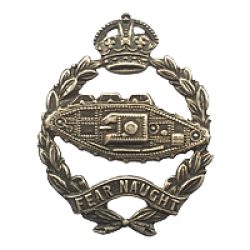
63rd Anti-tank Regiment

UK 11th Armoured Division
Liberated on: 63rd Anti-tank Regiment
"None of us who entered the camp had any warning what so ever of what we were about to see".
